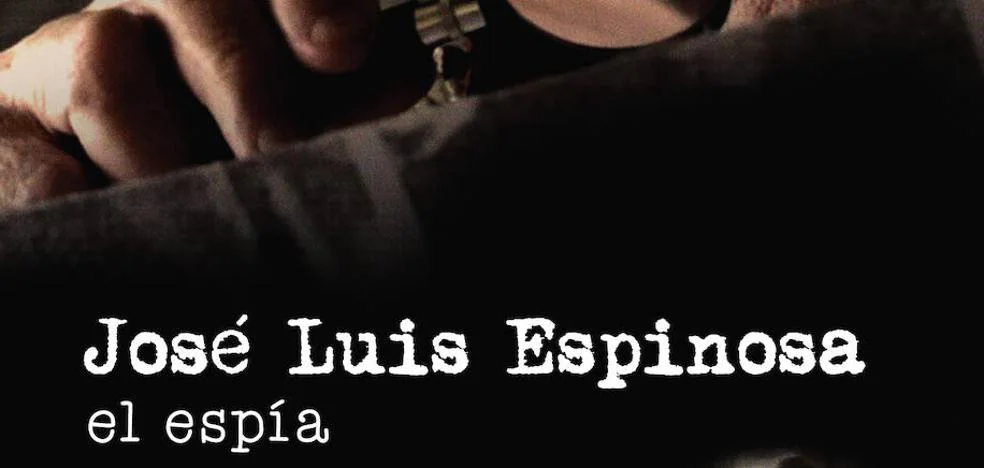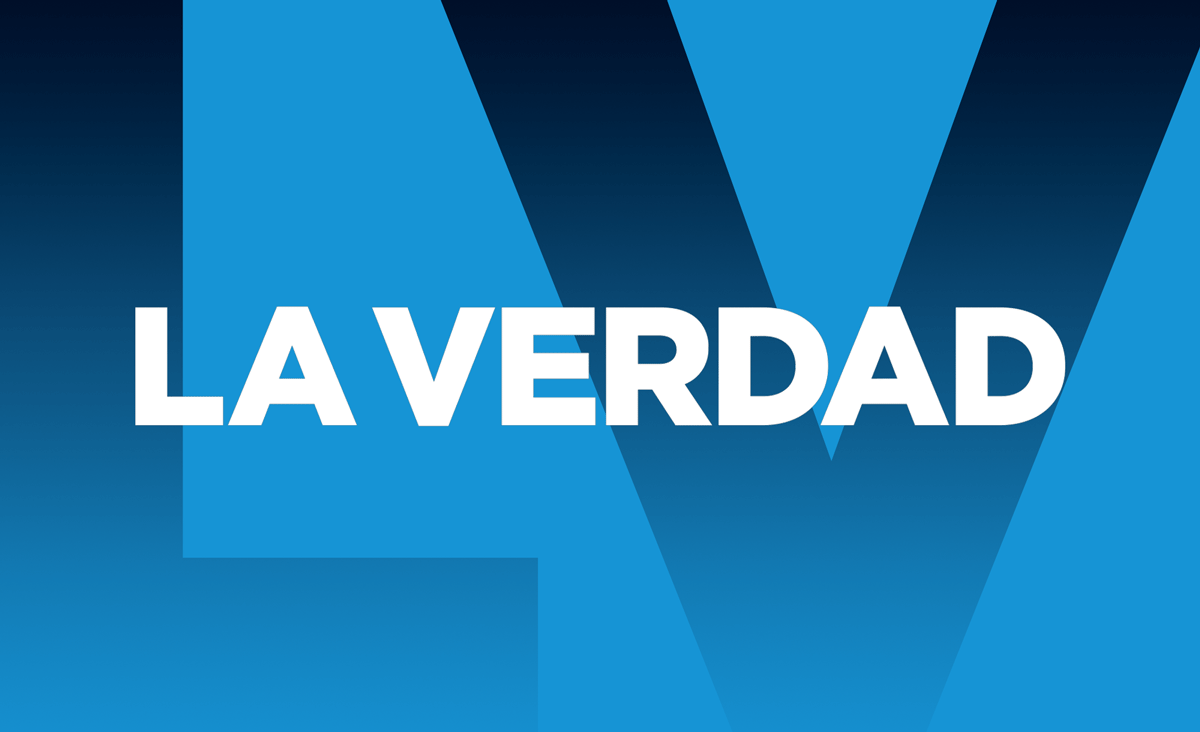The Reina Sofía explores its origins by linking its evolution to the social and political revolutions. “Photography is not the servant of the arts as Baudelaire thought,” says Manuel Borja-Villel
“It’s a history of photography told against the grain and the dominant discourse.” Jorge Ribalta (Barcelona, 1962), photographer and curator of ‘Documentary Genealogies. Photography 1848-1917’, a ‘historic and unrepeatable exhibition about the changing role of photography’, says Manuel Borja-Villel, director of the Reina Sofía Museum, which will be on view until February 27, 2023. An exhibition that delves into the background of documentary photography, in its “protohistory”, linking it to political, social and industrial revolutions and demonstrating “that its documentary function is as old as photography itself”, according to the curator .
Organized in collaboration with the National Library of Spain (BNE), it brings together in its seven rooms some 500 pieces – including images, albums, publications and daguerreotypes of all kinds – produced in the years between the revolutions of 1848 in France and 1917 . in Russia. Many of them come from important museums, institutions and collections and exhibit themes related, among other things, to the proletarian classes, the urban reforms of the time, the popular uprisings or the projects of social condemnation that emerged at that time from the Paris Commune of 1871, the tragic week of 1909 in Barcelona or the Russian revolutions of 1905 and 1917.
Dagerre, Fox Talbot, Clifford, Nègre, Admason, Bertillon, Thomson, Atget, Hine, Strand or Malinowski are some of the photographers in a “unique” sample, as it contains pieces that will hardly be re-loaned by the National Library of France , the US Congress, the Victoria & Albert Museum in London, the MoMA in New York, National Heritage or the National Museum of Anthropology. Very fragile pieces that cannot be exposed to more than 19 degrees of temperature and with light between 30 or 50 lux.
It is also “historic” for the conclusion of a four-exhibition project curated by Ribalta, who has assessed photography from its inception to the present day, from the daguerreotype and the calotype to the 35-millimeter and large-format negative, always “against the current “. and linking it to the revolutionary and social movements of the last two centuries.
Part of Walter Benjamin’s reflection, quoted in his essay ‘The Work of Art in the Age of Its Technical Reproducibility’ (1936), on the parallel emergence of photography and socialism. This leads us to think that the ideas and iconographies used to depict the everyday life of the working class – what would form the documentary genre in the 1920s, a specific form of photographic and cinematographic poetics – were already latent or active in the visual culture. of the 1840s”, points out the curator.
« The seminal figure of the ‘shoeshine boy on the Boulevard du Temple’ (1838), one of Louis Daguerre’s first plates, can be understood as the first appearance of the image of the worker in photography: the trigger for the historical narrative around class relations and their conflicts, the axis of the documentary discourse that will emerge later,” says Ribalta.
The exhibition presents a cartography of practices related to the appearance and evolution of the representations of workers, servants, proletarians, beggars and dispossessed, from the emergence of photography to the turn of the century. It is within the framework that the historian André Rouillé calls the «empire of photography», that is to say «the breakthrough of a new visual regime that became an instrument of the system of bourgeois, industrial and colonial culture in the second half of the twentieth century. 19th century,” said Ribalta.
These subordinate figures “can also be understood as metaphors for the famous and early condemnation with which Charles Baudelaire relegated photography to a subservient position and proclaimed it ‘the maid of the arts'”, the curator adds. And that “photography is not the servant of the arts, as Baudelaire thought”, according to Manuel Borja-Villel.
“The democratic promise of the photographic image remained unfulfilled for a long time, as for nearly a century it remained an instrument in the hands of bourgeois culture and its means of representation,” says Ribalta. For this reason, the portraits of the working classes and the subordinates were an accidental or marginal disturbance, an involuntary presence in frames whose intent was another.
‘Documentary genealogies. Photography 1848-1917’ closes the cycle started in 2011 at the Reina Sofía with the exhibitions ‘A hard light, without compassion. The Workers Photography Movement, 1926-1939’, continued in 2015 with ‘Not yet. On the reinvention of the documentary and the critique of modernity’ and with the first attempts of Marc Petaut’, ‘who have already searched for an alternative account of the configuration and evolution of the documentary discourse in the history of photography’, based on the study of cases at decisive moments of the 20th century”, emphasizes the curator.
This final chapter of the series adds to that story from a “different and protohistoric” perspective: tracing into the early era of photography the potential and promise of the documentary function being as old as photography itself. Ribalta concludes.
Source: La Verdad
I am David Jackson, a highly experienced professional in the news industry. I have been working as an author at Today Times Live for over 10 years, and specialize in covering the entertainment section. My expertise lies in writing engaging stories that capture readers’ attention and deliver timely information about the latest developments.



